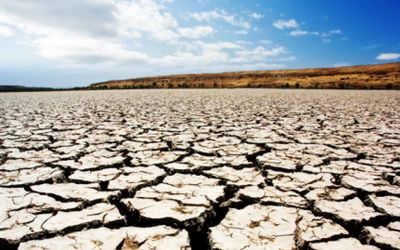LIMPOPO is expected to vie for drought-relief funding, joining KwaZulu-Natal, Mpumalanga, the Free State and the North West.
At the same time, there is another possible crisis facing Limpopo as there have been reports of diseased cattle crossing the border from Zimbabwe and mixing with local herds.
Limpopo is situated in three different climate zones and the drought’s effect has been mixed across the province.
The National Agro-meteorological Committee warned in September that dams and rivers are drying up. It also said there was a high probability of below-average rainfall until March 2016.
Dams in the province are on average 70.4% full compared to 83.3% in November 2015, according to the Department of Water and Sanitation’s weekly state of the reservoirs report.
Limpopo is, at 33%, second only to the Eastern Cape in terms of the percentage of households dependent on agriculture, according to the 2012 Statistics SA census.
Limpopo, which occupies a tenth of the country’s land area and has a tenth of the total national population, produces a third of SA’s citrus and 40% of its grapefruit.
Citrus Growers Association of Southern Africa Limpopo director Bertus Dillman said the organisation was still collating data and the drought’s effect varied in many regions but dams were below 40%.
"If we do not get rain soon we will need to sacrifice some of the citrus to grow the rest," said Mr Dillman.
National African Federated Chamber of Commerce and Industry chairman Isaac Masekwameng said small businesses were starting to feel the heat.
"A lot of municipalities are drying up. Some businesses are going, four, five days without water," said Mr Masekwameng.
Spokespeople and officials of the Limpopo department of water and sanitation and department of agriculture, forestry and fisheries could not be reached for comment.
The national departments referred questions to their provincial counterparts.






















Change: -2.05%
Change: -2.09%
Change: -1.71%
Change: -1.64%
Change: -5.74%
Data supplied by Profile Data
Change: 0.00%
Change: 0.00%
Change: -2.05%
Change: 0.00%
Change: 0.00%
Data supplied by Profile Data
Change: -0.06%
Change: -0.07%
Change: -0.04%
Change: 0.79%
Change: 0.20%
Data supplied by Profile Data
Change: 0.00%
Change: 0.00%
Change: 0.00%
Change: 0.00%
Change: 0.00%
Data supplied by Profile Data